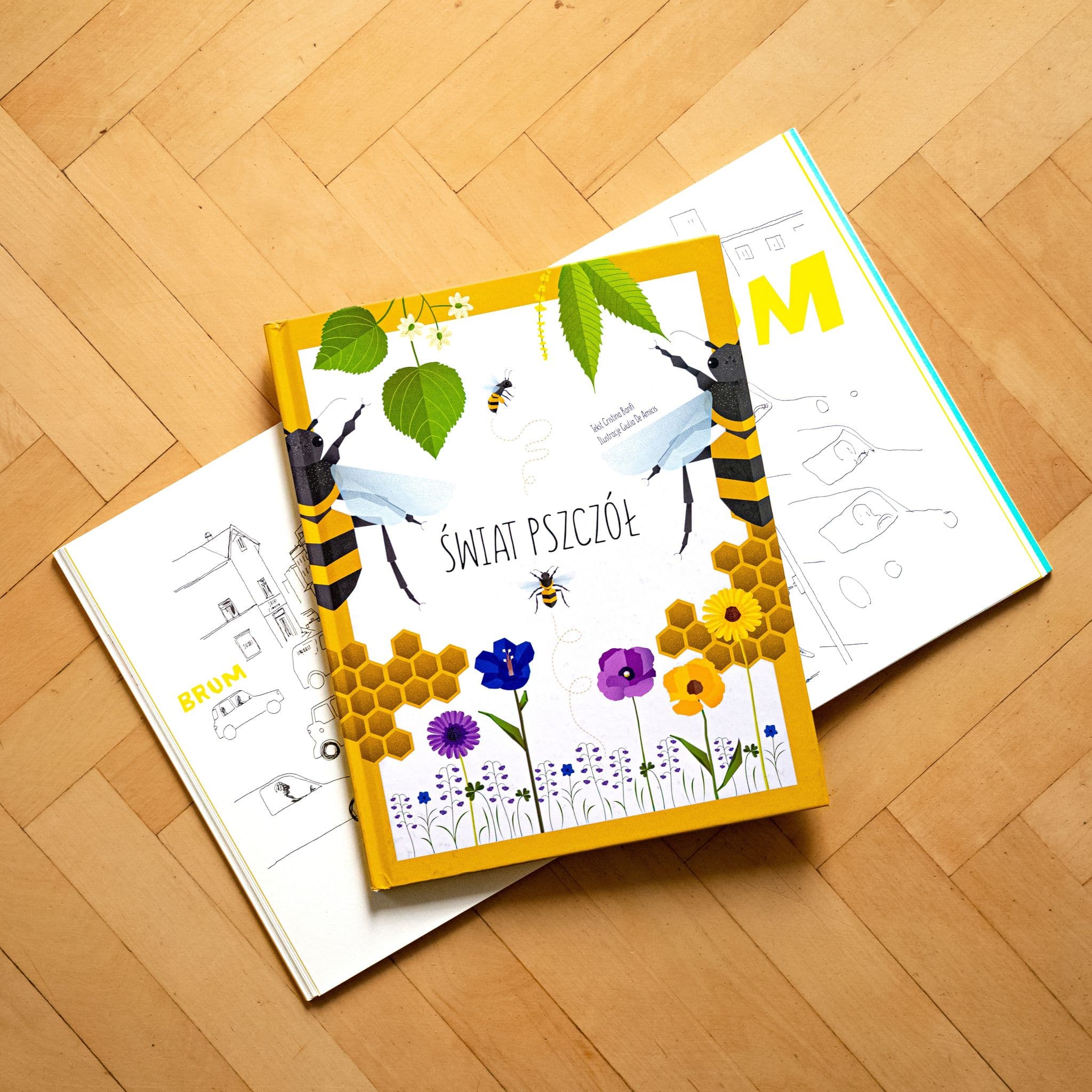The World of Bees – Book Review

What Happens Inside a Hive?
Many corporations could envy the well-organized structure of bees! Within a single group, there are subgroups with various tasks, and each bee works for the good of the whole. Interestingly, a bee's anatomy differs depending on its role within the community. So we have the queen, worker bees (which are the most numerous), and drones, which are male bees that hatch from unfertilized eggs. In the summer, drones are tolerated in the hive, but come winter, they are mercilessly expelled.
In the following chapters, we learn, among other things, what a nest looks like, how communication occurs, and the processes of pollination and swarming.
Honey Falls from the Sky: A Word on History

The book also includes a brief historical overview, illustrating the significance of honey for the Greeks, Egyptians, or Romans, its uses, and where it was attributed magical powers. Here we read, among other things, that the great philosopher Aristotle surmised that honey falls from the sky. :) In the subsequent pages, there's a word about honey in the world of Islam, in the Middle Ages, and during the Renaissance.
Why Are Bees Important?

We primarily associate bees with honey production. This association is, of course, accurate – we owe sweet and nutritious honey, valuable royal jelly, wax, propolis with strong antibacterial properties, and even venom with medicinal properties to bees.
However, it is worth knowing that besides a whole range of bee products, these unassuming insects provide us with something much more valuable. Bees collect nectar and pollinate plants, which later end up on our tables. Raspberry, blueberry, cherry, apricot, carrot, cauliflower, cucumber, asparagus, onion, pumpkin, peas, and many other fruits and vegetables must be pollinated by bees. They play a significant role in food production, and it is estimated that they are responsible for one-third of the food we consume.
Can you imagine what would happen if bees suddenly disappeared?
What Can We Do to Protect Bees?
We adults don't need to be convinced of how important bees are to our ecosystem. However, it's important that we know how to convey this knowledge to children in an accessible way. Here, Ms. Cristina helps, dedicating the last two chapters to the problems threatening bee existence and ways to save them.
Each of us can contribute a small part to protect them. It is enough to grow delicious flowers that bees like on our balcony, plot, or garden.

Also read:

